Spices are the heart of any great meal, and when it comes to mole, they're not just an ingredient—they're a story. Mole is more than a sauce; it's a tradition, a celebration, and a flavor bomb packed with layers of complexity. Whether you're a seasoned chef or a home cook looking to elevate your dishes, mastering the art of spice storage and usage can transform your mole from good to unforgettable.
Table of Contents
Spice Storage Hacks for Mole Enthusiasts
Proper spice storage isn't just about keeping your pantry organized—it's about preserving the potency and aroma of those essential mole ingredients. Here are some tried-and-true tips to keep your spices at their peak:
- Store in Airtight Containers: Exposure to air is the enemy of freshness. Use glass jars with tight lids to protect your spices from moisture and light.
- Keep It Cool and Dark: Heat and sunlight can degrade spice quality. Store your spices in a cool, dark place—like a pantry or a cabinet away from direct heat sources.
- Label Everything: Spice names can be confusing, especially when dealing with complex blends like mole. Label each container with the name, date of purchase, and any special notes.
- Don't Overstock: Spices lose potency over time. Only buy what you need, and rotate your stock regularly to ensure nothing goes to waste.
- Freeze for Long-Term Storage: For spices you won't use within a few months, freeze them in small portions. This keeps them fresh without sacrificing flavor.
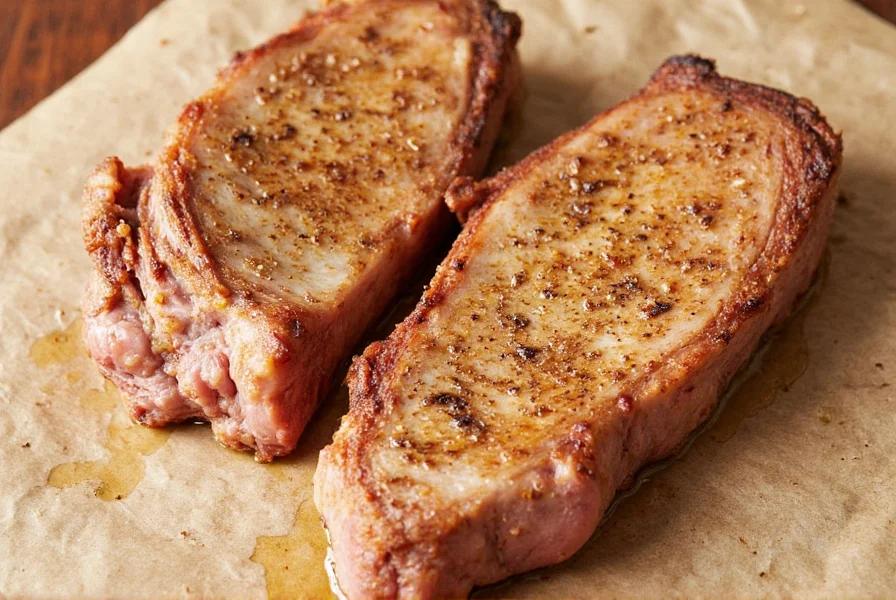
What Exactly Is Mole?
Mole refers to the rich, complex sauce that is a staple in Mexican cuisine. Traditionally made with a blend of chiles, chocolate, nuts, seeds, and a variety of spices, mole is often used as a sauce for chicken, pork, or even tamales. The term "mole" itself means "sauce," but its cultural significance goes far beyond that. It's a dish steeped in history, passed down through generations, and celebrated in both everyday meals and festive occasions.
Understanding mole's historical context reveals its evolution from pre-Hispanic roots to modern variations. Archaeological evidence shows Indigenous groups like the Aztecs created early sauce prototypes using native chiles and seeds. After Spanish colonization in the 16th century, ingredients like chocolate, almonds, and cinnamon were incorporated. The legendary creation of mole poblano at Puebla's Santa Rosa Convent in the 17th century (though debated by historians) marks a key development point. By the 20th century, distinct regional varieties solidified across Mexico, documented in culinary archives like the National Museum of Mexican Art's collections. This timeline demonstrates how mole transformed from indigenous preparations to Mexico's national dish through cultural synthesis. (Source: Smithsonian Magazine, The History of Mole)
The key to a great mole lies in the balance of flavors—sweet, spicy, bitter, and earthy—all coming together in harmony. This makes proper spice storage and usage all the more important. A well-preserved spice can make the difference between a mediocre mole and a culinary masterpiece.
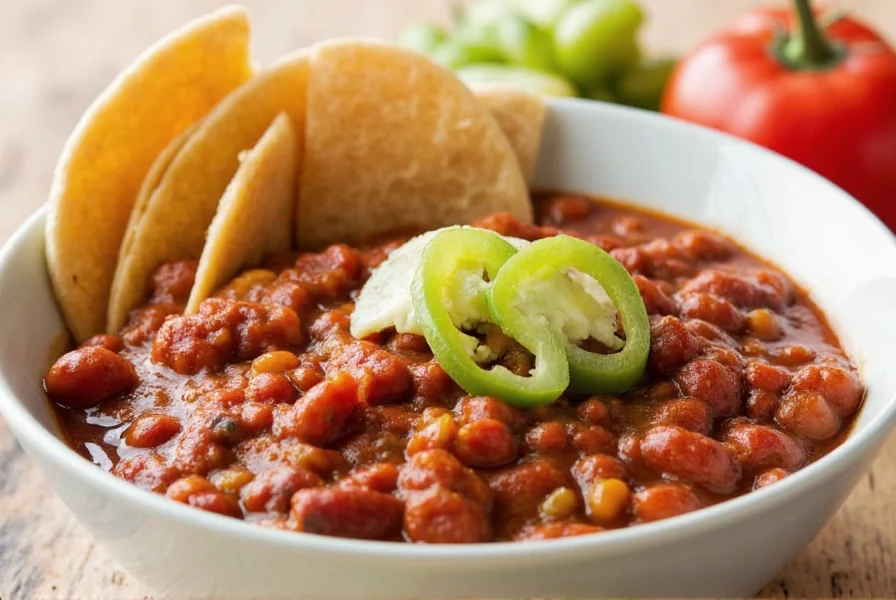
Usage Hacks That Make Mole Magic
Now that your spices are stored like a pro, it's time to put them to work. Here are some clever ways to use your mole ingredients to create mouthwatering dishes:
- Make a Mole Paste First: To get the most flavor out of your spices, grind them into a paste before adding them to your sauce. This allows the aromas to bloom and infuse the dish thoroughly.
- Use Fresh Chiles: While dried chiles are commonly used in mole, using fresh ones can add a vibrant, juicy dimension to your sauce. Just be sure to roast and peel them first for maximum flavor.
- Toast Spices Before Grinding: Toasting your spices (like cumin, coriander, and cinnamon) before grinding enhances their aroma and depth of flavor.
- Balance the Sweetness: Mole often includes chocolate or dried fruits, so don't forget to balance the sweetness with acidity—like lime juice or vinegar—to prevent it from becoming cloying.
- Experiment with Variations: Mole comes in many varieties—like mole poblano, mole Verde, and mole negro. Don't be afraid to experiment with different combinations of spices and ingredients to find your perfect version.
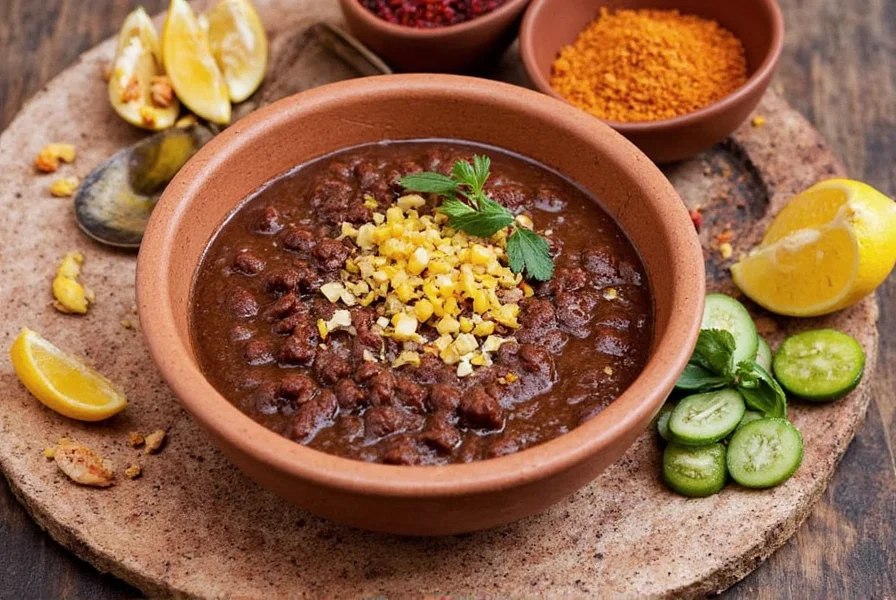
The Ultimate Buying Guide for Mole Ingredients
If you're serious about mole, you'll want to start with the right ingredients. Authentic mole varies significantly by region, so understanding these distinctions is crucial for selecting appropriate components:
| Type of Mole | Core Ingredients | Origin Region | Distinctive Flavor Notes | Verification Source |
|---|---|---|---|---|
| Mole Poblano | Ancho/mulato chiles, chocolate, sesame seeds | Puebla | Rich sweetness balanced with mild heat | Smithsonian Archives |
| Mole Negro | Chilhuacle negro chiles, burnt tortillas, plantains | Oaxaca | Deep smokiness with subtle bitterness | Mexican Culinary Institute |
| Mole Verde | Tomatillos, pumpkin seeds, fresh herbs | Tlaxcala | Herbaceous and tangy (chocolate-free) | Food & Wine Research |
| Mole Amarillo | Guajillo chiles, tomatoes, spices | Oaxaca | Bright acidity with moderate heat | Oaxacan Cultural Records |
When purchasing ingredients, verify regional authenticity through these key boundaries: Mole negro requires rare chilhuacle negro chiles (nearly impossible to substitute authentically), while mole verde explicitly omits chocolate—a common misconception. Traditional preparation demands 20+ ingredients ground fresh, as documented in UNESCO's intangible cultural heritage archives. For reliable sourcing, prioritize Mexican cooperatives like Mexican Cooperative Network that certify ingredient origins. Always cross-reference with regional cookbooks like Diana Kennedy's field studies to avoid commercialized imitations.
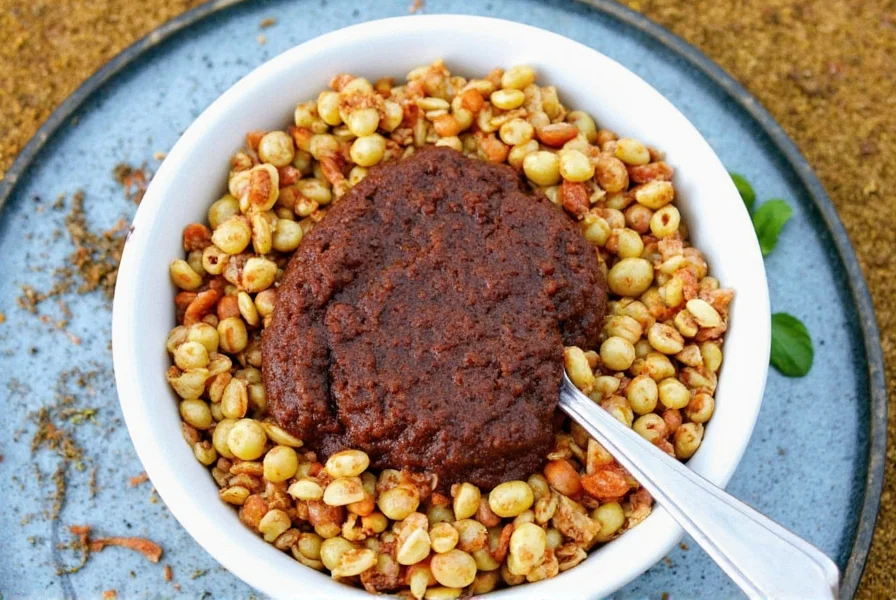
For a truly authentic mole, consider purchasing traditional tools like a molcajete (mortar and pestle) to grind your spices. This not only enhances the flavor but also connects you to the heritage behind the dish.
Frequently Asked Questions About Mole
What is mole exactly?
Mole refers to traditional Mexican sauces made from a complex blend of ingredients including chiles, spices, nuts, seeds, and often chocolate. It's not just a single recipe but rather a family of sauces with regional variations across Mexico, each with its own unique flavor profile and preparation method.
Does all mole contain chocolate?
No, not all mole varieties contain chocolate. While mole poblano and mole negro are famous for their chocolate content, other varieties like mole verde (green mole) and mole amarillo (yellow mole) don't typically include chocolate. The misconception comes from the popularity of chocolate-based moles in international cuisine.
How long can I store homemade mole?
Properly stored in an airtight container, homemade mole can last 3-4 days in the refrigerator. For longer storage, freeze it in portion-sized containers for up to 6 months. Always reheat thoroughly before serving, and remember that the flavors often deepen and improve after the first day.
What's the difference between mole and regular sauce?
Mole is distinguished by its complexity and depth of flavor, typically containing 20 or more ingredients including multiple types of chiles, spices, nuts, seeds, and sometimes chocolate. Unlike simpler sauces, mole requires careful balancing of sweet, spicy, bitter, and earthy notes, and often involves time-consuming preparation techniques like toasting and grinding ingredients from scratch.
Can I make mole without traditional Mexican ingredients?
While substitutions can be made, the authentic flavor profile of mole relies on specific traditional ingredients. If you can't find authentic Mexican chiles or spices, look for reputable online sources rather than substituting with significantly different ingredients. Some flexibility exists for nuts and seeds, but the core chiles and spices should be as authentic as possible for the genuine mole experience.
Why is my mole bitter?
Bitterness in mole usually comes from over-toasting spices or chiles, using old or poor-quality chocolate, or not balancing the flavors properly. To fix bitter mole, try adding a small amount of sugar, honey, or a touch of acidity like lime juice to balance the flavors. Next time, be careful not to over-toast your ingredients and ensure you're using fresh spices.
What dishes pair best with mole?
Traditional pairings include chicken (especially turkey in some regions), rice, and warm tortillas. Mole also works beautifully with enchiladas, tamales, and even as a sauce for roasted vegetables. For a complete meal, serve with Mexican rice, refried beans, and a fresh salad or slaw to balance the richness of the sauce.
Conclusion: Keep Your Mole Flavor Fresh and Fierce
Mastering the art of spice storage and usage is crucial for anyone who wants to bring the rich, complex flavors of mole to life. Understanding its cultural context is equally vital: authentic mole preparation requires significant time investment (3+ hours) and is traditionally reserved for celebrations like weddings or Día de los Muertos, not everyday meals. As documented by culinary anthropologists at the University of Texas (Mexican American Studies Program), attempting to simplify mole for quick weeknight dinners often sacrifices the layered complexity that defines this national dish. Additionally, regional authenticity matters—Oaxacan mole negro demands specific chilhuacle negro chiles unavailable outside Mexico, while Puebla's mole poblano relies on precise chocolate-to-chile ratios verified by Mexico's Ministry of Tourism (Official Gastronomy Records).
Whether you're preparing a traditional family recipe or experimenting with new variations, remember that the secret to a great mole lies in the care you take with your ingredients. With the right tools, knowledge, and passion, you can turn simple spices into a flavor explosion that will impress even the most discerning palates.
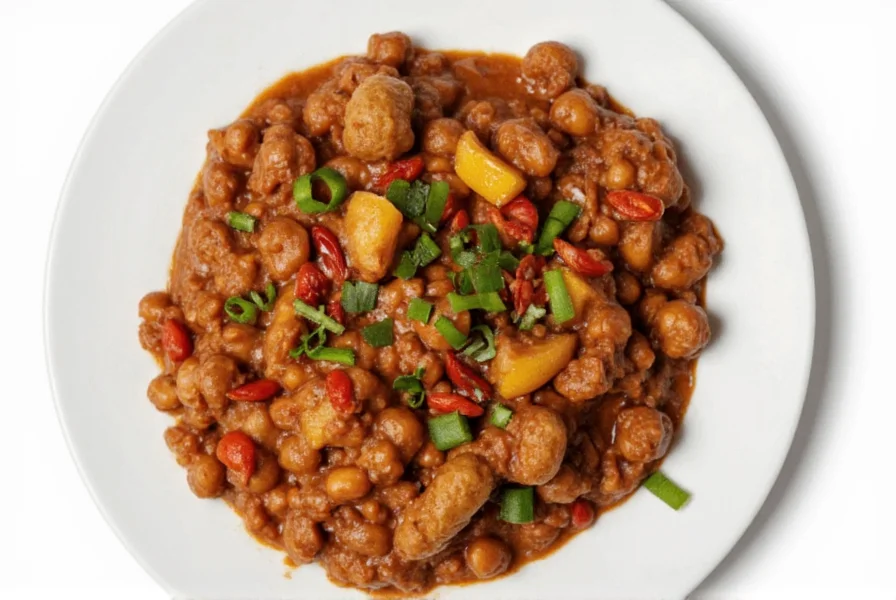
So go ahead—grab your favorite spices, store them wisely, and let your mole shine. The world needs more flavor, and you're now equipped to deliver it.

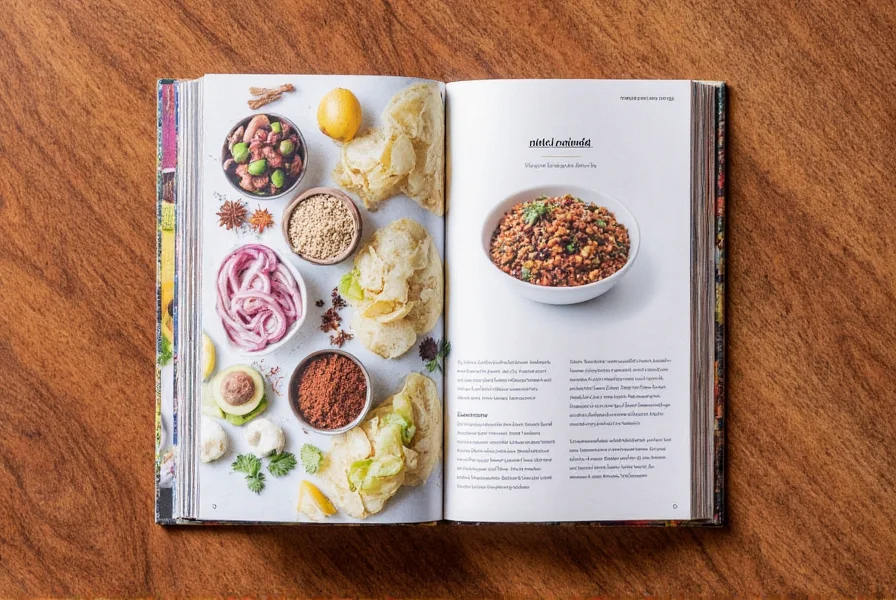









 浙公网安备
33010002000092号
浙公网安备
33010002000092号 浙B2-20120091-4
浙B2-20120091-4